The allure of Moroccan Nights has captivated travelers, storytellers, and dreamers for centuries. The very phrase evokes images of bustling medinas, the scent of exotic spices lingering in the air, and the rhythmic beats of distant music weaving through narrow alleyways. Morocco, a land where the ancient and modern coexist in vibrant harmony, offers an experience that feels plucked straight from the pages of A Thousand and One Nights. From the golden dunes of the Sahara to the azure hues of Chefchaouen, every corner of this North African gem tells a story waiting to be discovered.
Stepping into the heart of Morocco’s cities is like entering a living tapestry of history and culture. Marrakech, often referred to as the Red City, is a sensory overload in the best possible way. The Jemaa el-Fnaa square transforms as the sun sets, with storytellers, snake charmers, and food vendors creating a spectacle that feels timeless. The labyrinthine souks, where artisans craft everything from intricate lanterns to handwoven textiles, invite visitors to lose themselves in a world where haggling is an art form and every purchase comes with a story.
Fez, the country’s spiritual and intellectual capital, offers a different but equally mesmerizing experience. The University of Al Quaraouiyine, founded in 859 AD and recognized by UNESCO as the oldest existing degree-granting university in the world, stands as a testament to Morocco’s rich scholarly heritage. The medina of Fez, a UNESCO World Heritage site, is a maze of narrow streets where donkeys still outnumber cars, and the scent of tanneries—where leather has been dyed using traditional methods for centuries—hangs heavy in the air.
Beyond the urban centers, Morocco’s landscapes are as diverse as they are breathtaking. The Sahara Desert, with its endless sea of dunes, offers a chance to disconnect from the modern world and reconnect with something far more primal. A night spent under the stars in a Berber camp, listening to the haunting melodies of desert musicians, is an experience that lingers long after the journey ends. Meanwhile, the Atlas Mountains provide a stark contrast, with their snow-capped peaks and verdant valleys offering opportunities for trekking and encounters with remote Berber villages.
The coastal towns of Morocco add yet another layer to its multifaceted charm. Essaouira, with its whitewashed buildings and vibrant blue doors, is a haven for artists and musicians. The Atlantic winds that sweep through its streets make it a paradise for windsurfers, while its annual Gnaoua World Music Festival draws crowds from across the globe. Further south, the sleepy fishing village of Taghazout has emerged as a hotspot for surfers, its laid-back vibe a world away from the frenetic energy of the cities.
Moroccan cuisine, a delicious blend of Berber, Arab, and Mediterranean influences, is another highlight of any visit. From the iconic tagine, a slow-cooked stew named after the earthenware pot it’s prepared in, to the fluffy couscous served with tender meat and vegetables, every dish tells a story of tradition and hospitality. Street food is an adventure in itself, with sizzling skewers of kebabs, steaming bowls of harira soup, and sweet, sticky pastries like msemen and chebakia tempting passersby at every turn.
What truly sets Morocco apart, however, is its people. Warm, generous, and fiercely proud of their heritage, Moroccans have a way of making visitors feel like family. Whether it’s sharing a pot of mint tea—a ritual as important as any meal—or offering directions through the winding streets of a medina, their hospitality is as much a part of the country’s magic as its landscapes and landmarks. In a world that often feels increasingly homogenized, Morocco remains a place where tradition thrives, where every sense is engaged, and where every night holds the promise of a new adventure.
As the call to prayer echoes through the streets and the last light of day fades behind the horizon, it’s easy to understand why Morocco has inspired so many tales. This is a land where the past and present dance together, where every corner holds a secret, and where the spirit of A Thousand and One Nights lives on. Whether you’re wandering through ancient cities, traversing vast deserts, or simply savoring the flavors of its cuisine, Morocco offers a journey that is as unforgettable as it is transformative.

By Grace Cox/Apr 28, 2025
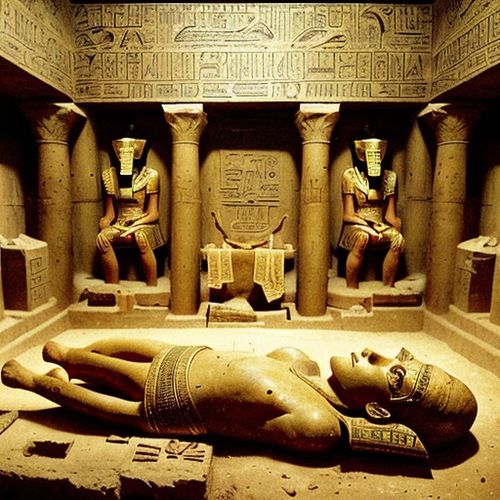
By Emma Thompson/Apr 28, 2025

By Christopher Harris/Apr 28, 2025
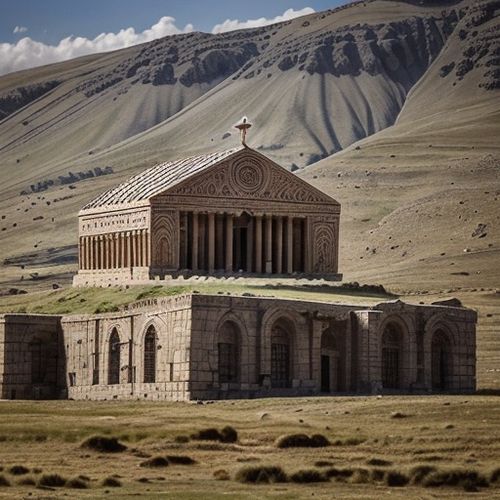
By Lily Simpson/Apr 28, 2025

By Olivia Reed/Apr 28, 2025

By Christopher Harris/Apr 28, 2025

By Amanda Phillips/Apr 28, 2025
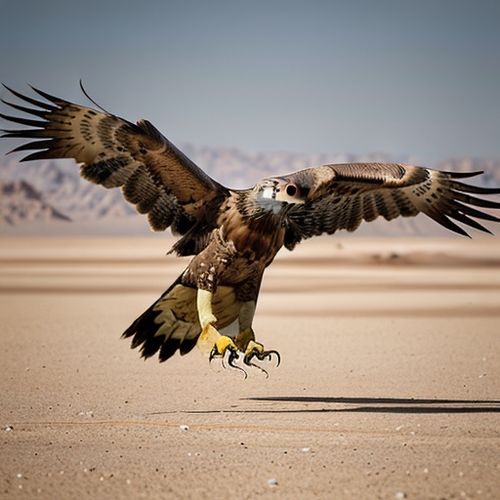
By Daniel Scott/Apr 28, 2025

By Jessica Lee/Apr 28, 2025

By James Moore/Apr 28, 2025
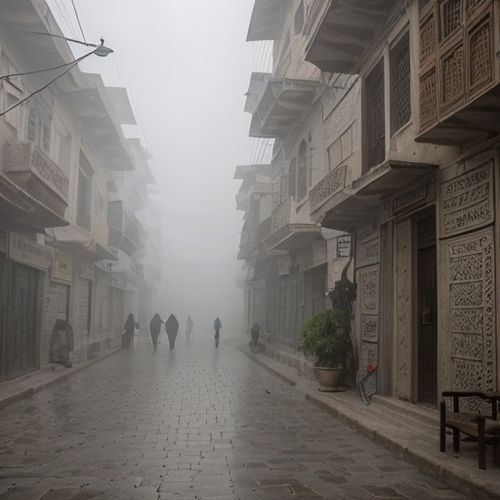
By Grace Cox/Apr 28, 2025

By Emily Johnson/Apr 28, 2025
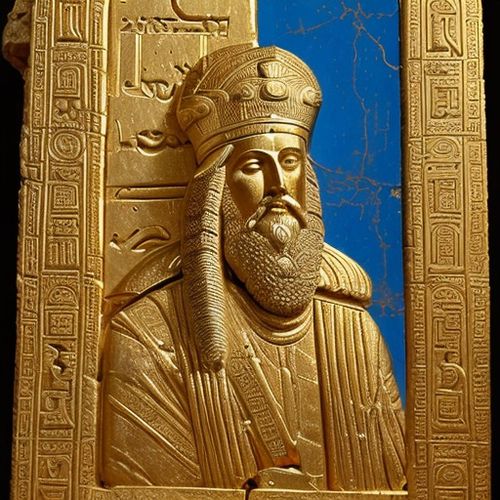
By Thomas Roberts/Apr 28, 2025
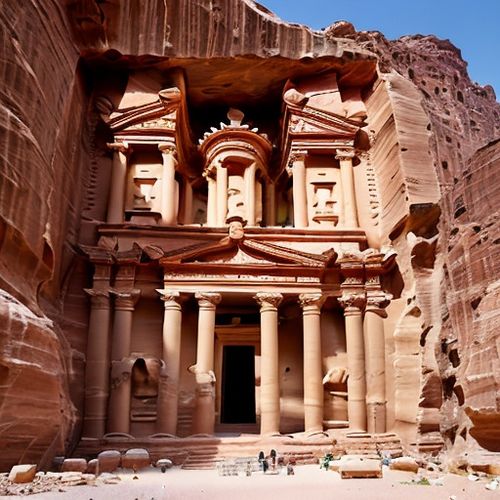
By Amanda Phillips/Apr 28, 2025

By Daniel Scott/Apr 28, 2025
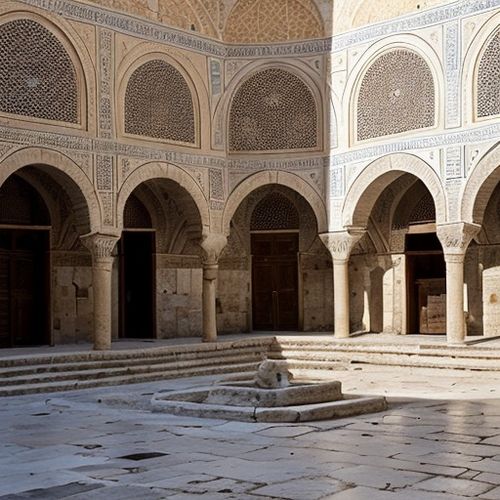
By William Miller/Apr 28, 2025
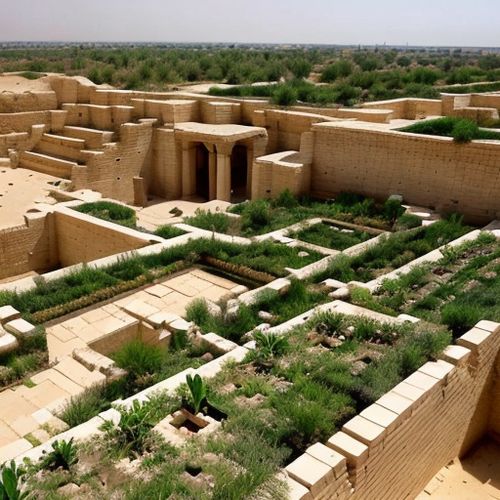
By Joshua Howard/Apr 28, 2025

By Amanda Phillips/Apr 28, 2025
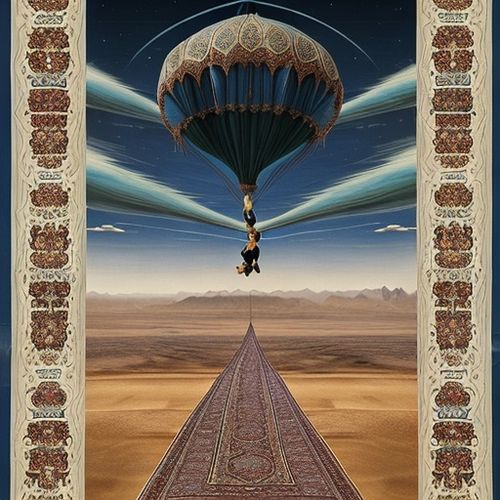
By Natalie Campbell/Apr 28, 2025
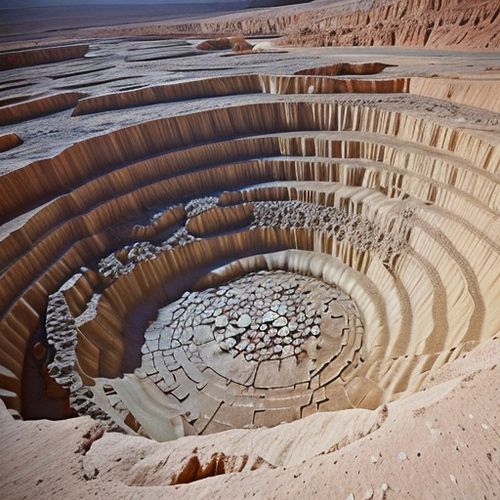
By Natalie Campbell/Apr 28, 2025